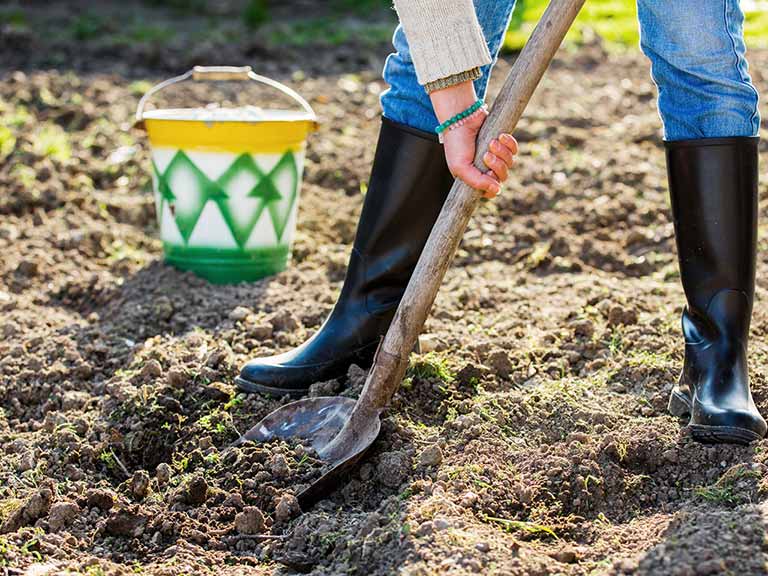
Digging Deeper: Unearthing the Secrets of Soil Preparation for a Thriving Garden
When it comes to gardening, one of the essential factors for success lies beneath the surface – the soil. Proper soil preparation sets the foundation for a healthy and productive garden. By understanding the secrets of soil preparation, you can create an optimal environment for your plants to thrive. In this article, we will delve into the importance of soil preparation and explore the steps to ensure your garden soil is rich, well-balanced, and ready for planting.
- Assessing Your Soil: Understanding Its Composition Before you start preparing your soil, it’s crucial to assess its composition. Different types of soil, such as clay, sandy, or loamy, have varying characteristics that affect drainage, nutrient availability, and plant growth. Conduct a soil test to determine its pH level, nutrient content, and texture, as this information will guide you in making appropriate amendments.
- Soil Aeration: Breathing Life into Your Garden To promote healthy root growth and enhance nutrient uptake, proper soil aeration is essential. Compacted soil restricts air circulation and water drainage, leading to stunted plant growth. Loosen compacted soil by using a garden fork or a tiller to break up clumps and improve its structure. This process allows roots to penetrate the soil easily and access vital nutrients.
- Organic Matter: The Key to Fertile Soil Adding organic matter to your garden soil is like providing a nutrient-rich buffet for your plants. Compost, well-rotted manure, and leaf mold are excellent sources of organic matter. They improve soil structure, retain moisture, and release essential nutrients over time. Incorporate a generous amount of organic matter into your soil before planting to enhance its fertility and overall health.
- Nutrient Balance: Feeding Your Plants Plants require a balanced supply of essential nutrients for healthy growth. Conduct a soil test to identify any nutrient deficiencies or imbalances. Based on the results, you can add organic or synthetic fertilizers to provide the necessary nutrients. Organic fertilizers release nutrients slowly, while synthetic fertilizers provide a quick nutrient boost. Strike a balance between the two to ensure long-term soil health.
- Mulching: Protecting and Nourishing Your Soil Mulching is a practice that helps retain soil moisture, regulate soil temperature, suppress weed growth, and enrich the soil. Apply a layer of organic mulch, such as wood chips, straw, or shredded leaves, around your plants. This protective layer not only conserves water but also gradually decomposes, releasing nutrients back into the soil.
Preparing your garden soil is a fundamental step in ensuring the success of your plants. By assessing your soil’s composition, improving its structure through aeration, adding organic matter, and maintaining nutrient balance, you create an optimal environment for your plants to flourish. Regular soil testing and amendments will help you achieve a thriving garden year after year.
For more gardening tips and advice, feel free to reach out to me at [email protected]. Happy gardening and may your garden soil be the secret to a bountiful harvest!